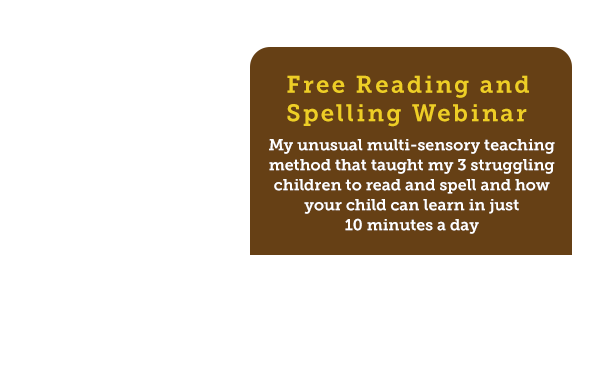Did your child struggle to do a jigsaw puzzle, learn to crawl, walk, skip and hop when they were little and now finds writing with a pencil or pen difficult? Then your child may have dyspraxia.
Dyspraxia is also called clumsy child syndrome. Some specialists refer to it as a developmental coordination disorder. A dyspraxic child will have some level of difficulty with fine and/or gross motor skills. Fine motor skills are those related to hands, fingers, toes, eye movements and speaking. Gross motor skills relate to movements pertaining to the larger limbs or the whole body.
Types of Dyspraxia
- Graphomotor dyspraxia, also known as a dysgraphia, means writing difficulties.
- Verbal dyspraxia or articulatory dyspraxia, also known as apraxia of speech, affects different parts of speech production including; correct breathing, rhythm, speed, volume, the swallow reflex and pronouncing parts of words in the correct order.
- Oculomotor dyspraxia relates to movements of the eyes.
- Constructional dyspraxia is a difficulty in knowing how to place things in relation to other objects. This child might have difficulty making a model, doing a jigsaw or completing artwork.
- Ideomotor dyspraxia is difficulty with gross motor tasks and may indicate the child who knocks their drink over or has trouble picking up a dinner plate.
- Ideational dyspraxia, also known as executive dysfunction, is the child who has difficulty sequencing and carrying out tasks that involve systems and/or operations.
 What causes dyspraxia?
What causes dyspraxia?
Researchers believe that dyspraxia is caused by neurological immaturity or a lack of brain neuronal development, particularly in the right cerebral cortex and the cerebellum.
How many children have dyspraxia?
Research tells us that dyspraxia is thought to affect more boys than girls in a ratio of approximately 3.5 to 1. Depending on whose research you follow or which specialist you see for a diagnosis, estimates of the prevalence of dyspraxia are 2% – 10% of the child population.
A dyspraxia checklist
The toddler
- May be late reaching milestones. For example; rolling over, sitting up, crawling, walking and speaking.
- May have difficulty learning to run, hop, skip or jump.
- May lack instinct when it comes to learning motor skills in general and may need to be taught step-by-step.
- Struggles to learn to dress and feed themselves.
- Is generally clumsy.
- Shows no interest in fine motor skill activities, such as; writing, drawing, colouring, cutting with scissors, etc.
- Struggles to play with puzzles, jigsaws and sorting games.
- Is reluctant to do fine artwork and when they do produce immature pieces.
- Does not understand prepositions such as; under, over,
beneath, in front, etc. - Struggles to catch or kick a ball.
- Is commonly anxious and requests reassurance.
The school age child
 Many of the motor skill problems experienced whilst a toddler, continue to exist.
Many of the motor skill problems experienced whilst a toddler, continue to exist.- Has difficulty putting on their clothing or school uniform and using buttons, zips and tying shoelaces.
- Does not like to participate in physical education or sport.
- Maybe poorly organised with their thoughts and possessions.
- Avoids writing even when they are verbally competent.
- Is unable to remember and follow instructions.
- May experience learning difficulties.
- May be falling behind their peers at school with their schoolwork.
- Clumsiness still exists.
Please note: Dyspraxia is not the same as cerebral palsy, hemiplegia or muscular dystrophy and does not meet the criteria for a pervasive developmental disorder.
What to do if you suspect your child has dyspraxia?
A number of professionals can offer support if you are feeling concerned about your child’s motor skill development. Start with any educational providers your child comes into contact with, including your learning support teachers and SENCO’s (UK) and ask if they have noticed any issues with your child. Next, approach your school nurse or health centre. Your doctor can help, as can an occupational therapist. You may require a referral to see a paediatrician. A speech and language therapist can help with verbal dyspraxia and a paediatric occupational therapist is trained in creating remedial programs to help your child to overcome any dyspraxic difficulties they may have.
It is a good idea to have your child assessed as early as possible, so if you have any concerns about your child’s fine or gross motor skills, their speech or physical milestones or abilities, please take action, sooner rather than later.




















Excellent article.